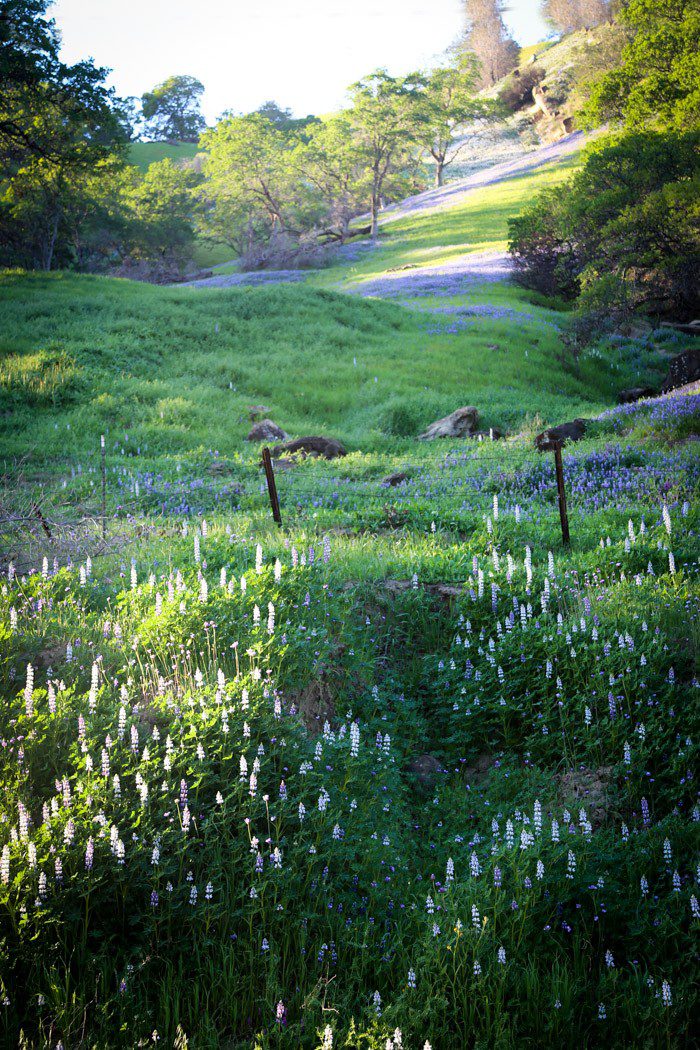
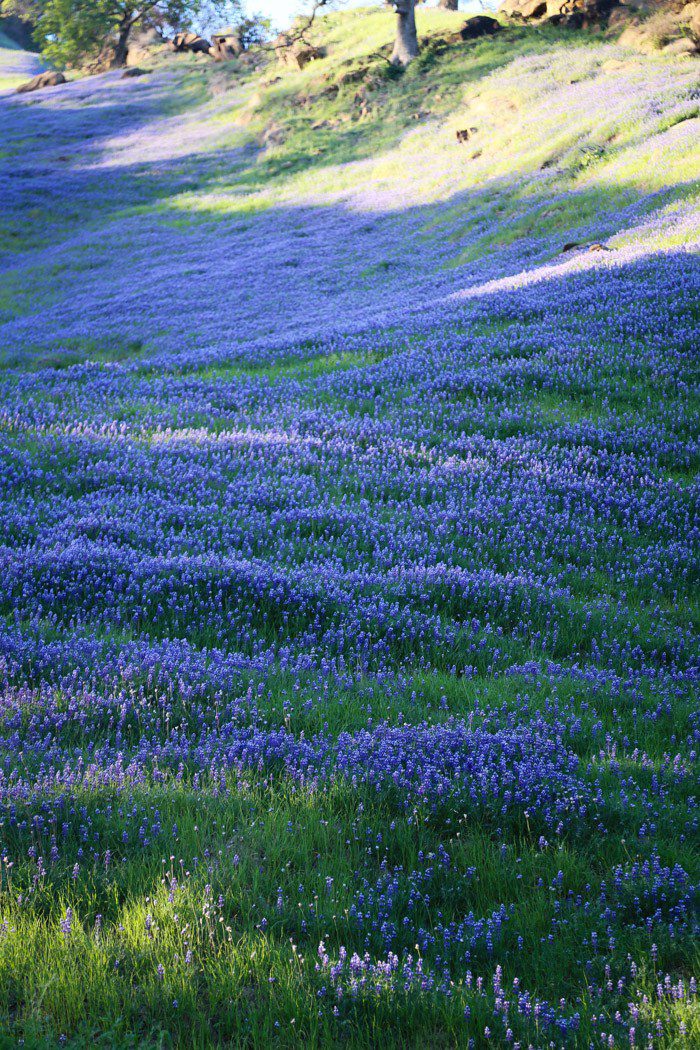

Though it may seem premature to talk spring’s wildflowers to people in many parts of the country, I promise they’re coming. They tend to start blooming in the desert regions of southern California and then appear to the east and the north—adding color to fields and hillsides for a fleeting time. And if you want to see them at their peak, it helps to be vigilant—and flexible.
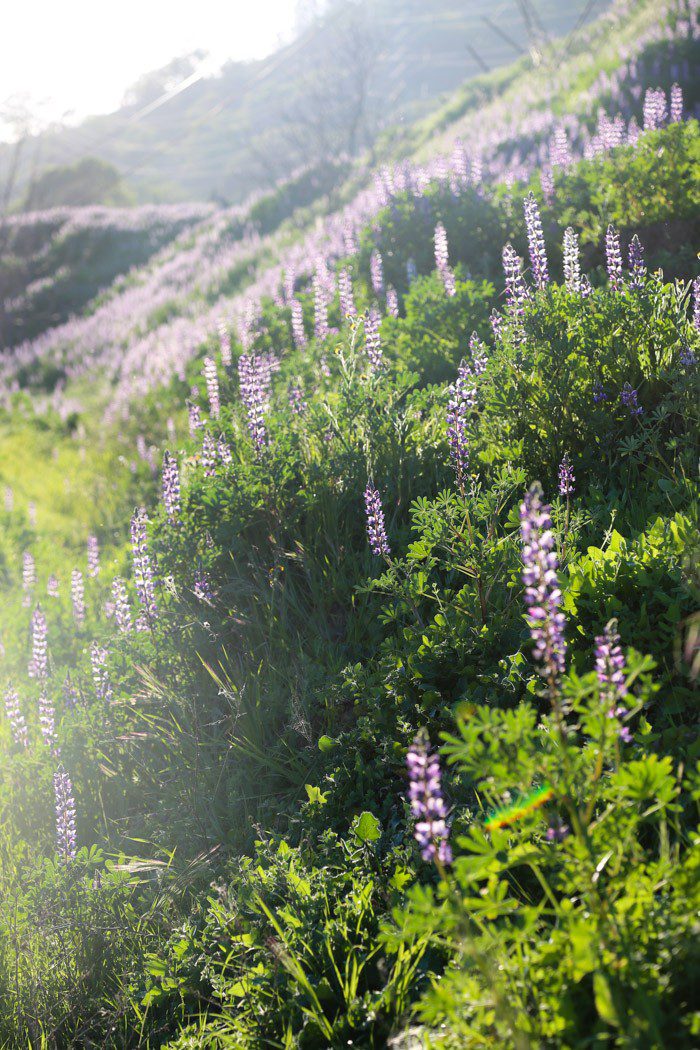
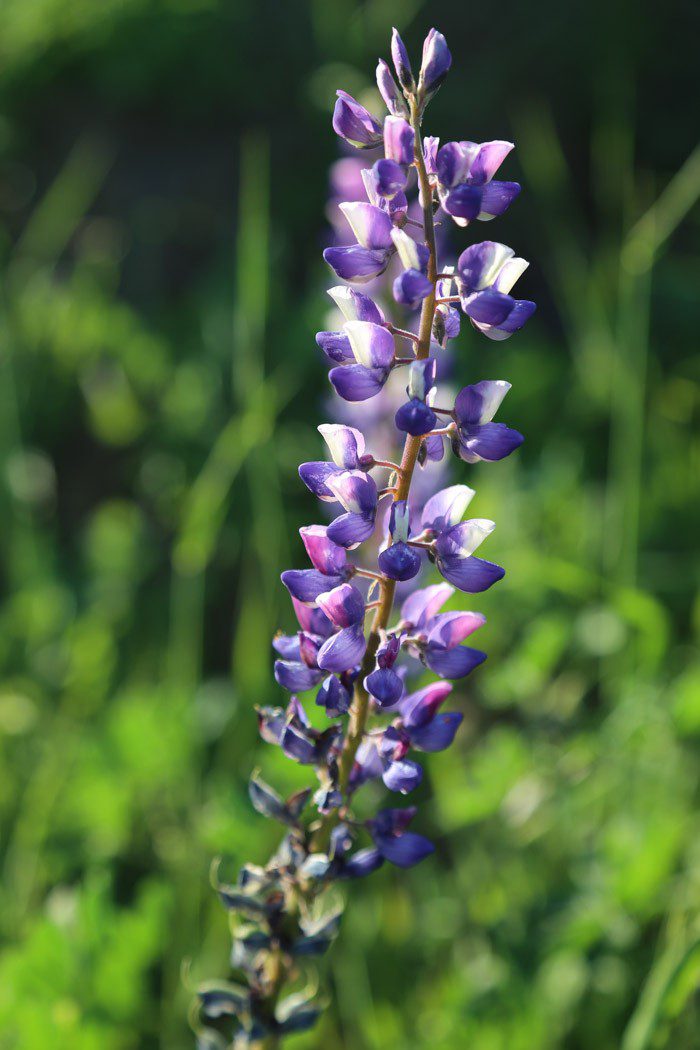
I confess we just happened to get lucky. Last weekend, when we drove up toward Lake Berryessa in Napa County for a short hike, we discovered that the hills were covered in purple lupine, the fields with golden California poppies; from a distance, the usual green was replaced with a patchwork of stunning color.
In case you’re hoping to plan for flowers, I’ve done some sleuthing for well-maintained resources…
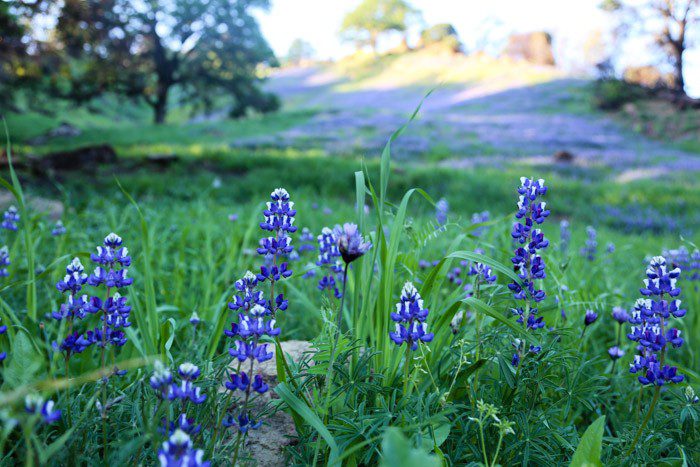
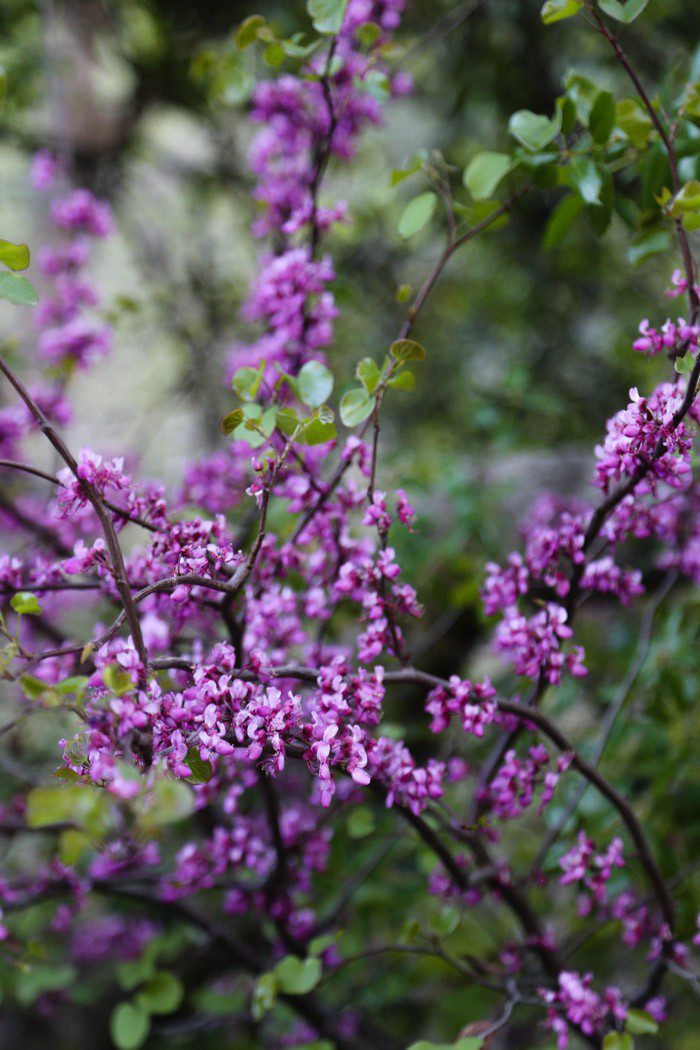
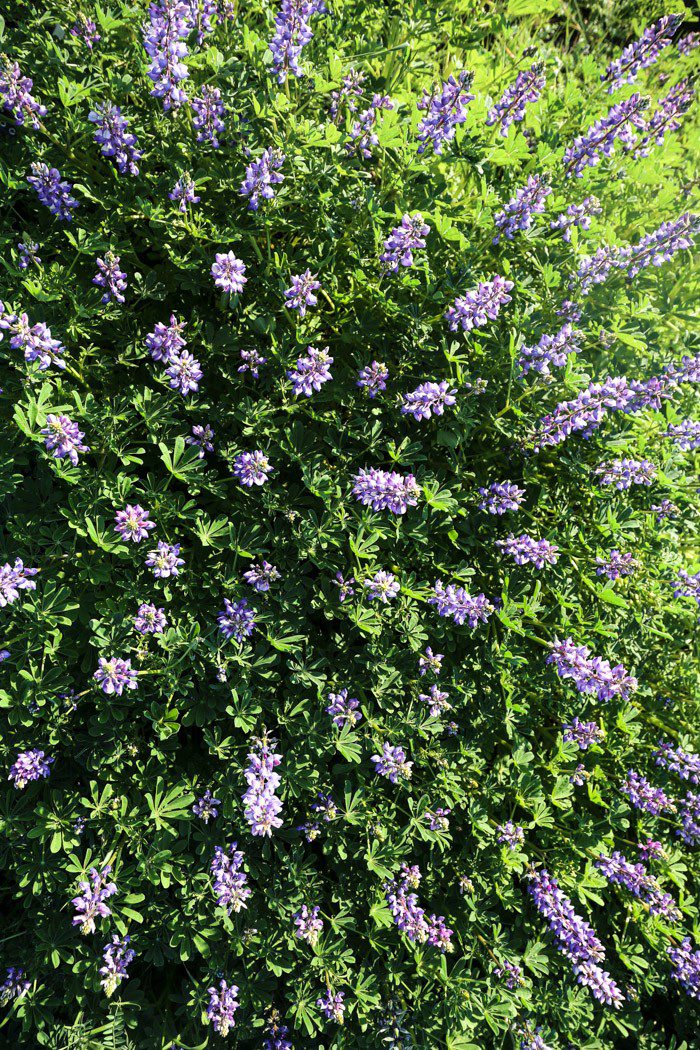
U.S. Forest Service: The Forest Service site lets you search wildflower viewing areas by region across the country. While it doesn’t address lands outside of National Forests, it provides detailed descriptions of trails and events, timelines and current conditions, photos of bloom varieties, and even offers related activities for kids.
National Park Service: NPS.gov maintains pages for all of its parks, and notes are offered on any with significant opportunities for wildflower viewing. The link above, for example, goes to that on Joshua Tree.
Bureau of Land Management: California’s state page lists what it considers the prime areas for viewing wildflowers on publicly managed lands, and offers some suggestions for timing. I haven’t searched other state pages, but you might try your home state’s page.
Finally, both Fodor’s and the Smithsonian Magazine have published useful round-ups.
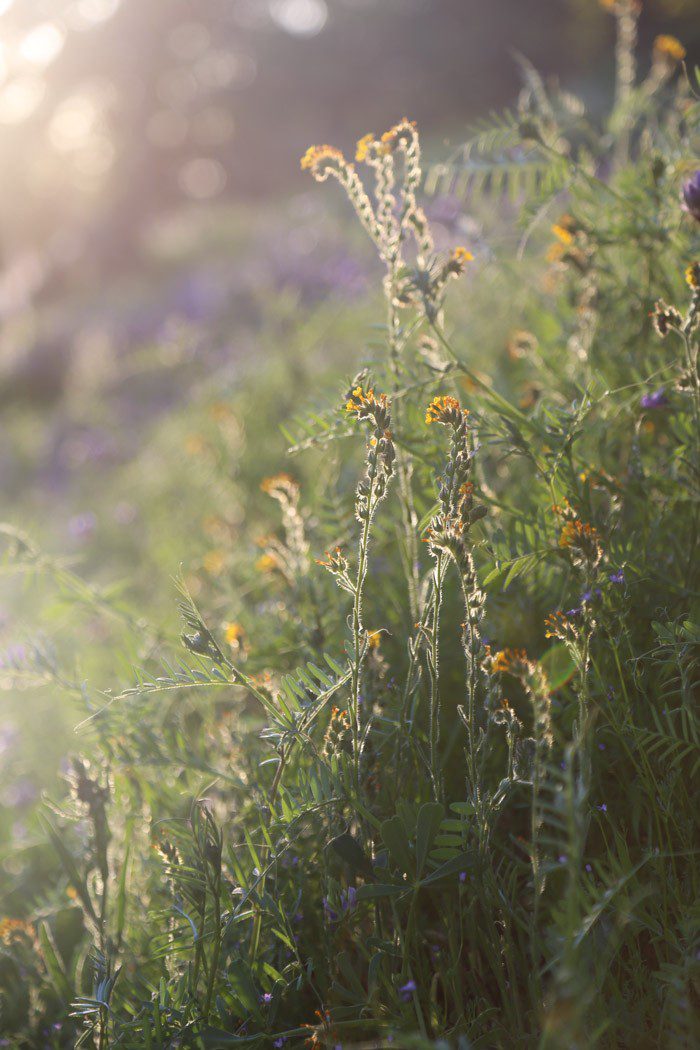
A little research or inspiration, and then you just need to hit the road!
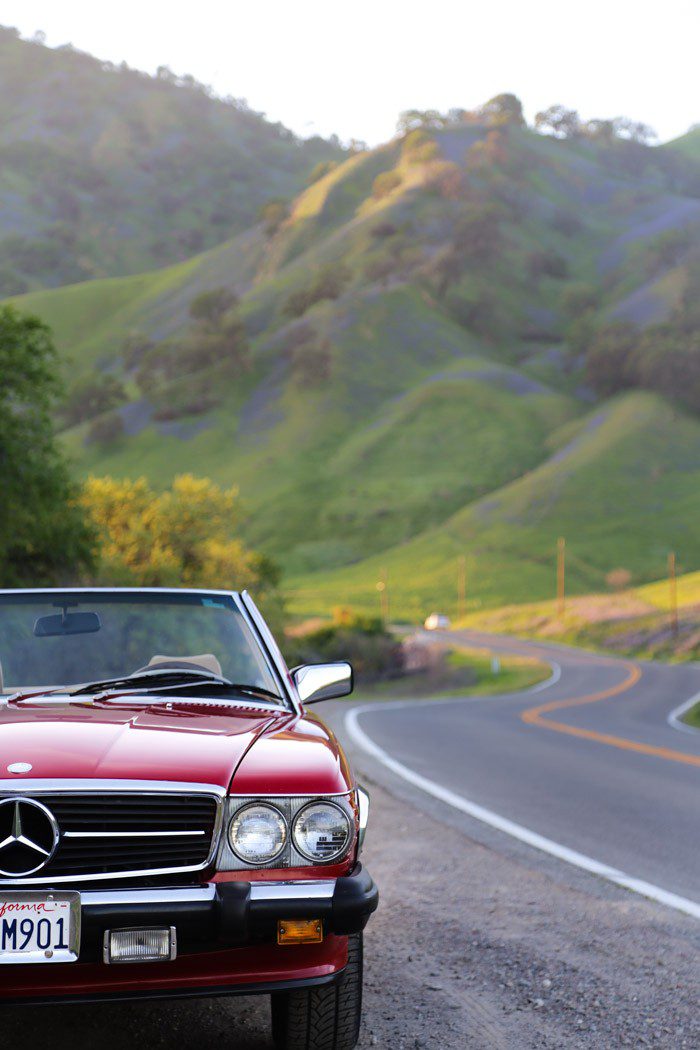
P.S. Almond orchards last month. And New York’s Central Park in bloom (with baby Hudson—gah!)



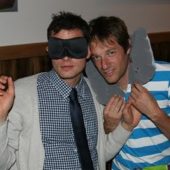


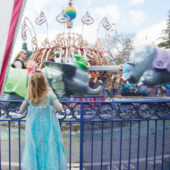































11 Comments